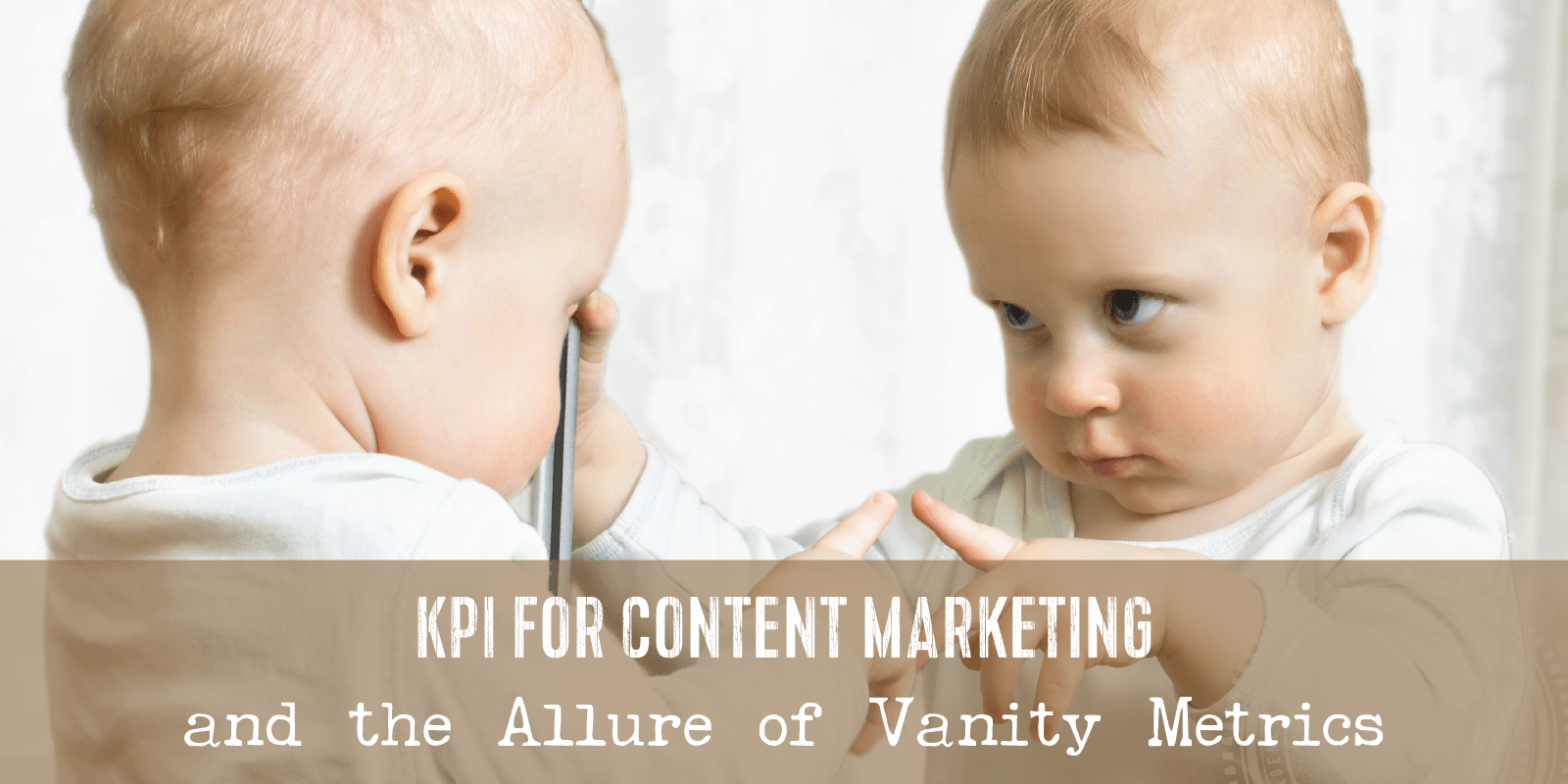So far, we’ve established that in order to be successful with content marketing in your business, you need to focus on strategic execution — that sweet spot between strategy and tactics — and that in order to come up with a strategy you can execute on, you must first understand your content marketing goals.
Let’s pretend for a moment that you’ve gotten both those steps down: How will you know if your strategic execution is working as you go along?
The answer is metrics.
I used to be big time anti-numbers in my business.
I’m a words girl. I went to a liberal arts college that did not require math. (True story.) I just wanted to be creative and go with the flow in my business and make lots of money.
UNTIL I saw how cool and easy it was to apply some math to your business goals in order to see better, faster results. Then I was hooked.
But in order for this to work, you have to focus on the right numbers.
Key performance indicators for content marketing
Key performance indicators, or KPI, are what fancy people call the numbers you focus on in your business. The important word here is “key” because while you can assign a number to practically anything if you try hard enough, not all of those numbers are important for your business.
Here’s a good example:
While writing for a client of mine who happens to be in the data analytics business, I came across the tale of a call center that had a problem with customer satisfaction. Their goal was to improve customer satisfaction, and the number they decided to focus on was call time. They implemented a big retraining effort to get all of their operators to focus on shortening call times and getting customers finished with the call as quickly as possible.
The result? Customer satisfaction got even worse! When the operators focused on the length of the call above all else, they actually weren’t as focused on solving the customer’s problem. The company was focused on the wrong key performance indicator because call length wasn’t actually a good measure of customer satisfaction.
I see the same thing happen with my clients in their content marketing. They choose to focus on something like the number of comments they get on a post, the number of likes they get on Facebook, or the number of shares and retweets; but those things don’t actually reflect their goals.
Unfortunately, most of these numbers are what we call vanity metrics. When we get a bunch of likes on a Facebook post, it feeds our egos — but it doesn’t necessarily translate to more business. You may have seen this for yourself when a post got a lot of likes or comments, but you didn’t see a corresponding uptick in sales.
And this is why so many people get frustrated with blogging and content marketing in their businesses! Because they aren’t focused on the right metrics for their goals, they never see the results they want.

What are good key performance indicators for content marketing?
So if comments, Facebook likes, and social shares aren’t good key performance indicators for most content marketing strategies, what is?
In choosing a KPI for your content marketing, you have to first look at your goal, because that will dictate what kind of metrics you follow.
Let’s assume that your goal is (ultimately) more sales in your business. (Because hey, that’s most of us, right??)
If you’ve been following me for any length of time, you know that we don’t expect to make a sale directly from a blog post — at least, not very often. But the blog post is often at the top of our sales funnel. When you think about how you sell in your business, you can work backwards from the sale to arrive at the steps a customer goes through before they decide to make a purchase. And if you go along that path far enough, you’ll find a metric you can track from your blog.
The most common metric I track for content marketing is email opt-ins because email is generally the most direct path to a sale for my clients. (Check out this article for more on the ROI of a blog post.)
Because email is more likely to lead to a sale than any other channel, counting how many new leads a blog post earns us is a good metric for growing our business with content marketing.
(Of course, this only works if you actually sell using your email marketing… but that’s a different post!)
Depending on your business and how you sell things, other good KPIs for your content marketing might be:
- traffic to your site
- opt-in rates for particular landing pages or offers
- email open and click-thru rates
- webinar sign-up and attendance rates
- webinar conversion rates
- sales page conversion rates
- tripwire or upsell conversion rates
And so on. But it all starts with your goal and your metric must at least be on a straight line path to that goal in order to be effective.
I’d be interested to hear: what’s your content marketing goal and what have you chosen as a metric to track your progress toward that goal? Let me know in the comments below.
And if you need a little help defining your goal, metrics, or how they play into your overall strategy, check out my strategy sessions, designed to help with exactly that!


Hey Lacy,
Glad to read your wonderful post and I agree with your points. Content marketing is primarily a lead generation tactic, used to acquire leads through forms and content downloads. When it comes to content marketing primarily you should always need to measure your growth in several sections such as subscribers, page views and manythings.
Comments on your content are great indications that your content is sparking conversation and making an impact on your readers. Eventually, thanks for sharing these valuable tips with us.
With best wishes,
Amar kumar
I do income taxes for locals. I am now wanting to get direct refers from local businesses. I do heavy marketing to locals on Facebook.
Chris
Owner CEL Financial Services Income IRS Registered Tax Preparation
Registered bonded California CTEC Tax Preparer
http://www.taxprepfillmore.com/santa-paula-tax-preparation